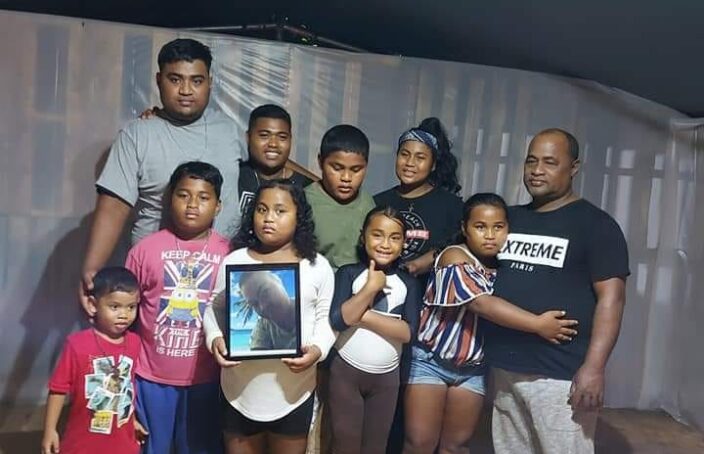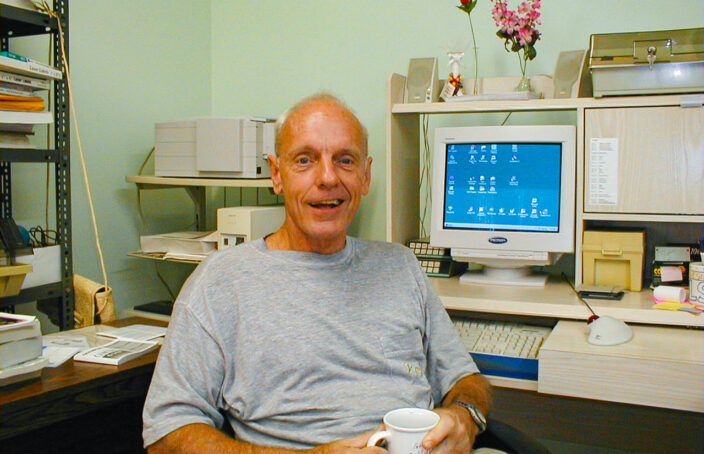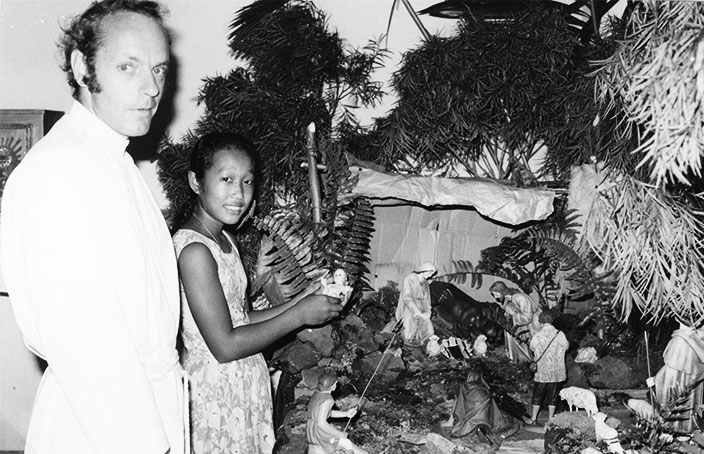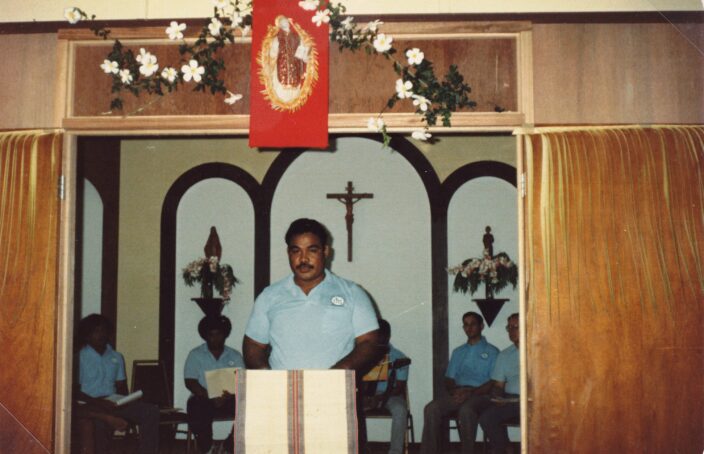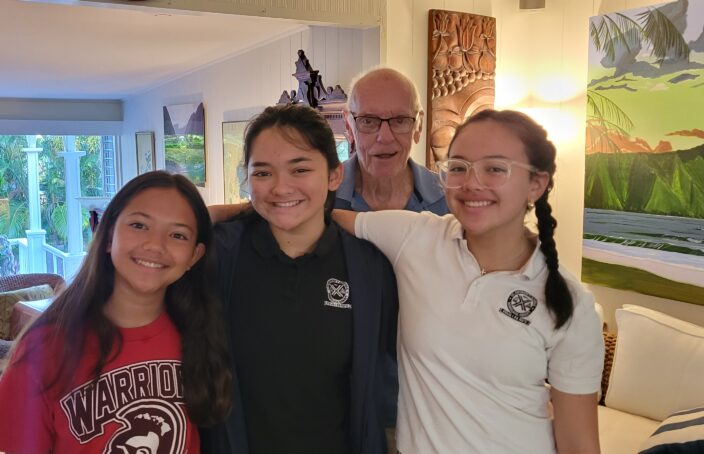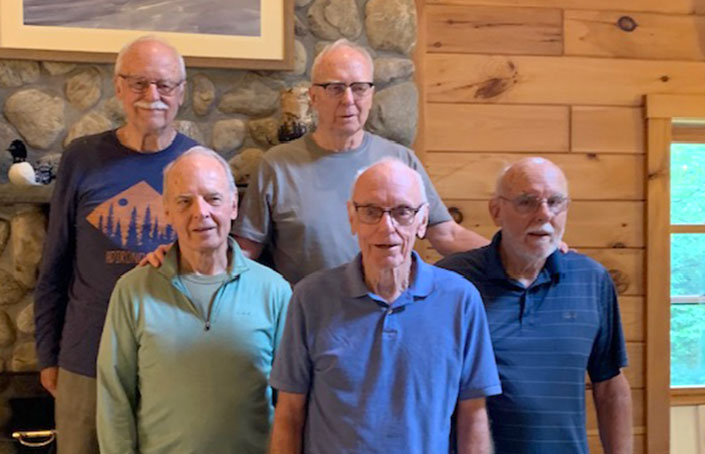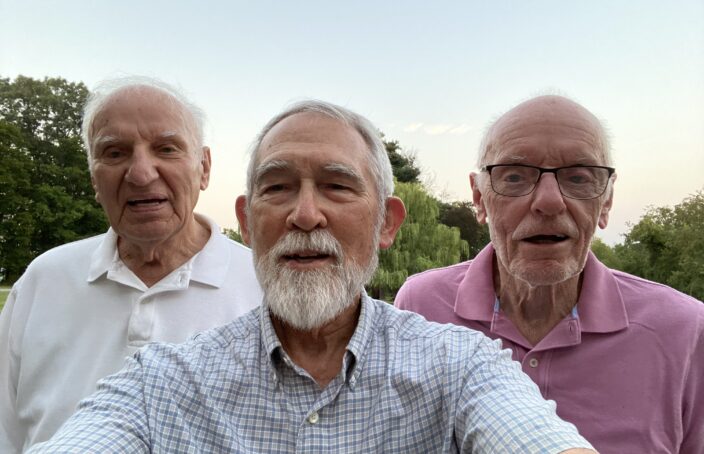Pat Sullivan: From One Xavier High to Another
If ever there was anyone stamped with a “made in New York” sticker, it was Pat Sullivan. Yes, he might have once been a fan of the Brooklyn Dodgers and forever afterwards mourned their loss. Even so, he identified as a New Yorker. As I recall, it was a Yankees baseball cap he was wearing when he was sitting at a table, head bowed and listening to classical music as he pondered how to respond to the storm damage at our seminary on Guam.
Read More

